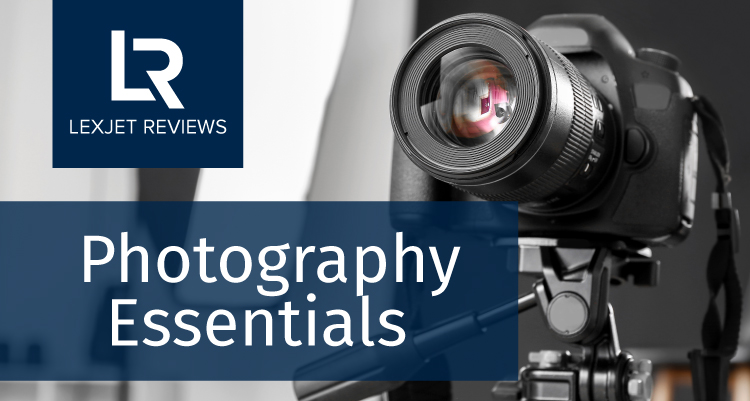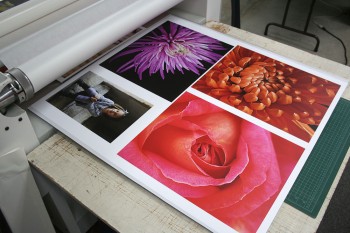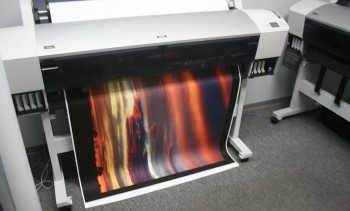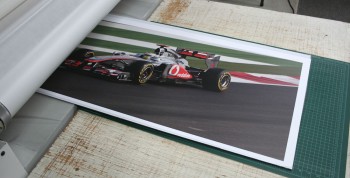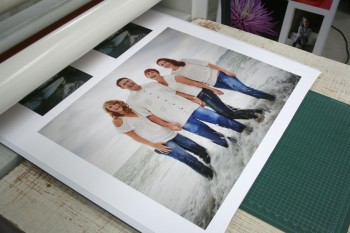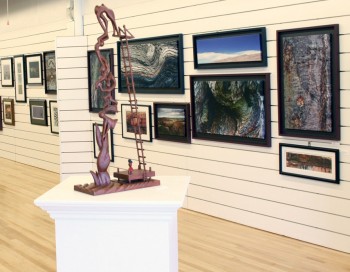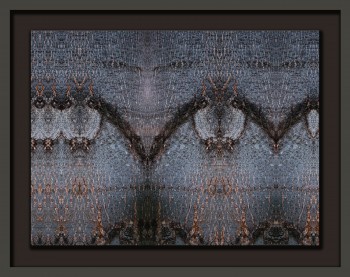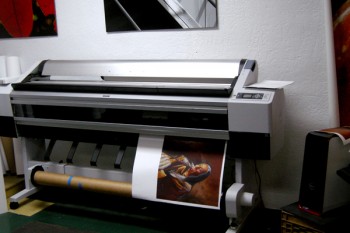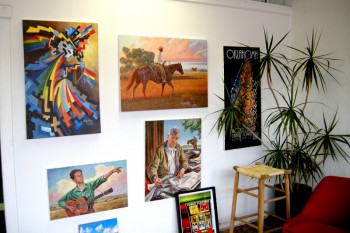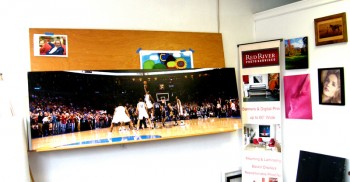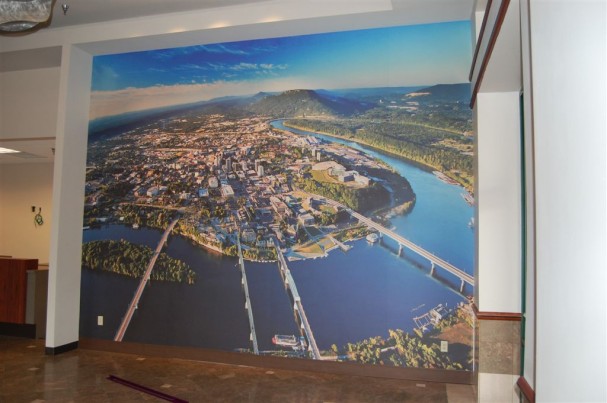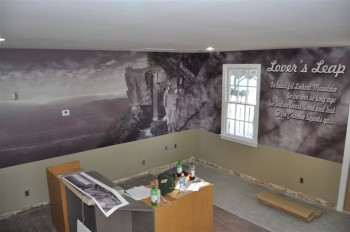Whether it’s weddings or the holidays, photographers need to have the right products and the right support when busy season hits. In this edition of LexJet Reviews, C.J. Forker is here to discuss a few of the Photographer Essentials available from LexJet.
From printers to media to customer service, tune in to hear C.J. discuss:
Sunset Select Matte Canvas – The bright-white, matte-coated surface of this poly-cotton blend canvas provides a wide color gamut and, maybe more importantly, color consistency. The Oxford 2 over 1 weave is ideal for photo and art reproduction, but it’s also a good solution for home décor, indoor signage, and gallery wraps. Sunset Select Matte Canvas works with both dye and pigment inks and is compatible with current and legacy-model printers from Canon, Epson, HP, and more.
Canon imagePROGRAF PRO-4100 Printer–When it comes to investing in a printer, research is important. So is hearing from those who are using the same equipment you’re considering. Professional photographers Joel Grimes and Jeff Bowman offer their take on why they print their work on the Canon imagePROGRAF PRO-4100. The printer comes with a full set of 11 inks plus an optimizer and professional print and layout software. It also features automatic paper loading. Just drop your roll of media in and the printer automatically feeds the paper, eliminating fingerprints and smudges.
LexJet Premium Archival Matte Paper – Premium Archival Matte Paper is a smooth, neutral-white, matte paper for high-quality fine art, photo reproduction, and open-edition décor. This paper provides accurate color reproduction and high-contrast, high-resolution output, and is acid-free for a longer print life with pigment inks. It features a heavyweight, thick base, and an instant-dry coating that resists fingerprints and smudging. From fine art to wildlife, this is the perfect addition to any photographer’s media arsenal.
LexJet Customer Service – LexJet has been serving print service providers for more than 25 years, teaming with some of the biggest names in the printing industry. But, it’s LexJet’s excellent customer service that truly matters to its clients. From critical attention to detail to technical expertise, no matter what questions you might have, LexJet customer service is unmatched. Professional photographers Dennis and Cheri Hammon have been LexJet customers for years and say they couldn’t imagine going anywhere else.
Sunset Photo eSatin Paper 300g –Sunset Photo eSatin is a premium-quality, resin-coated photo paper that has professional photographers raving. They say it’s thicker, heavier, and more durable than mass-market inkjet photo papers. The slightly textured finish doesn’t show fingerprints or reflect glare and it is reminiscent of darkroom printing. The wider color gamut and an improved white point mean colors are brighter, skin tones are more realistic, and landscapes are more detailed.

